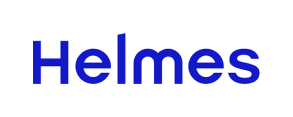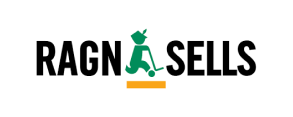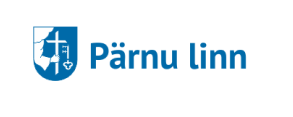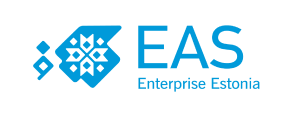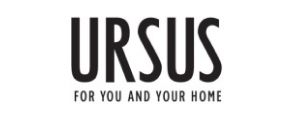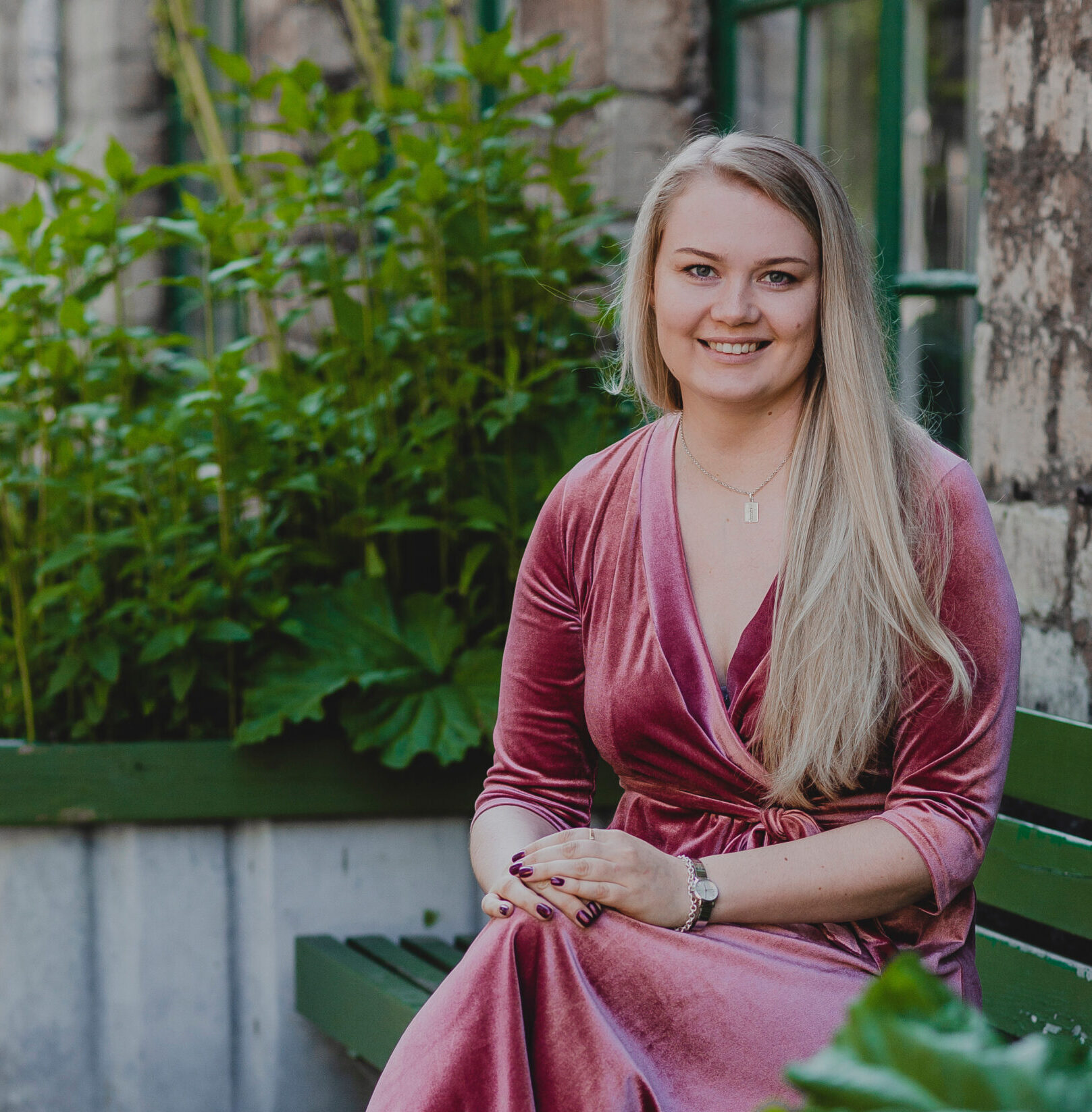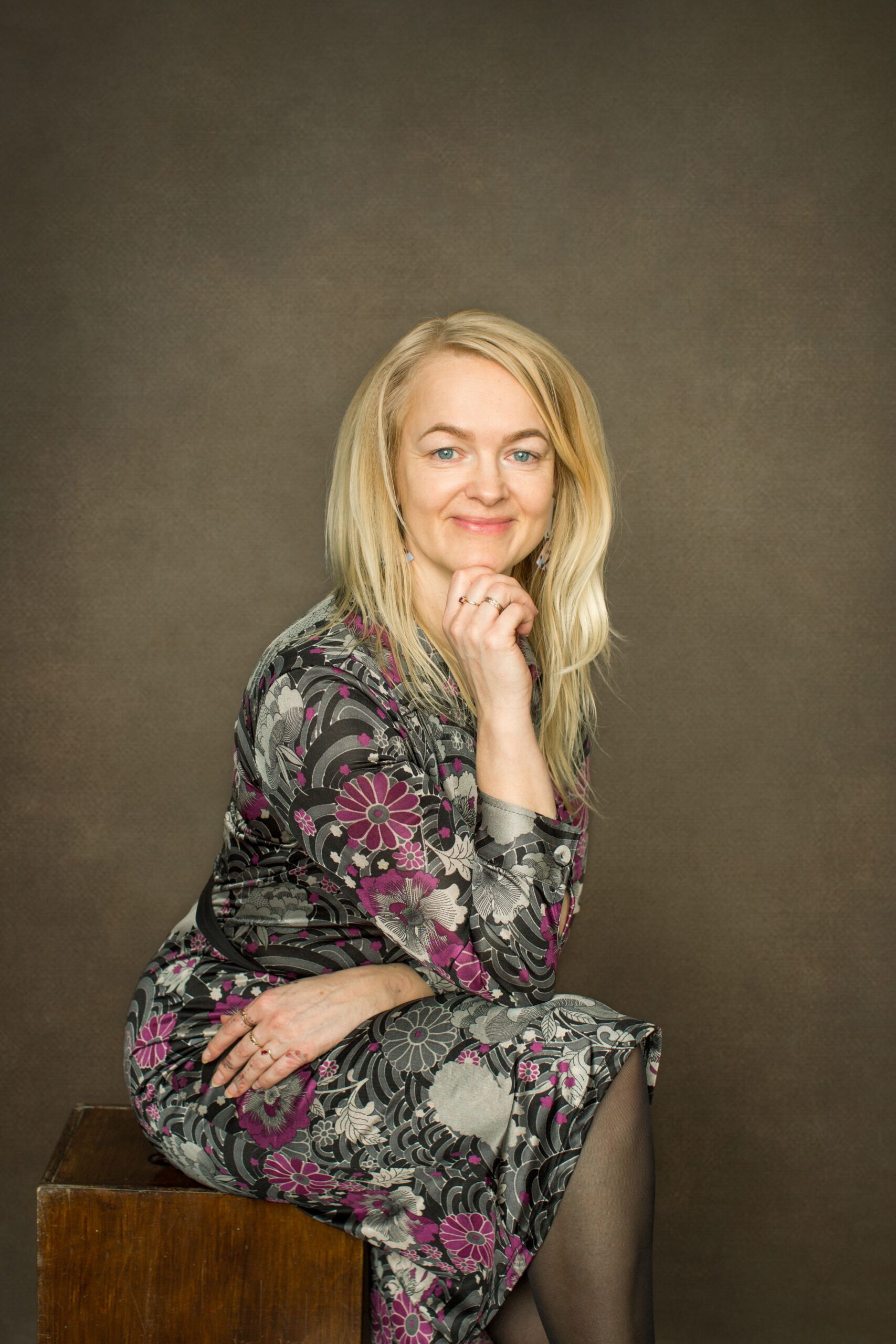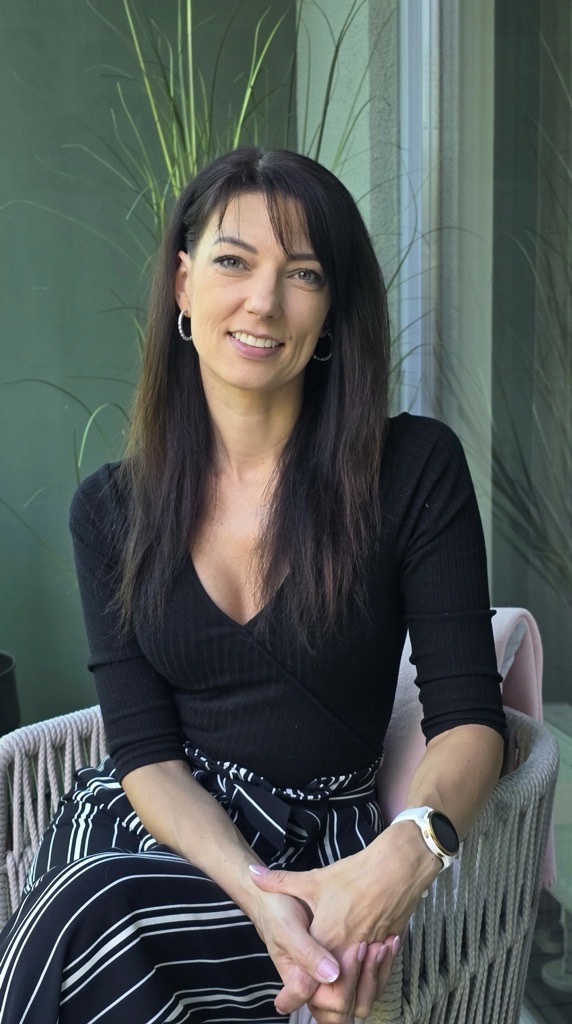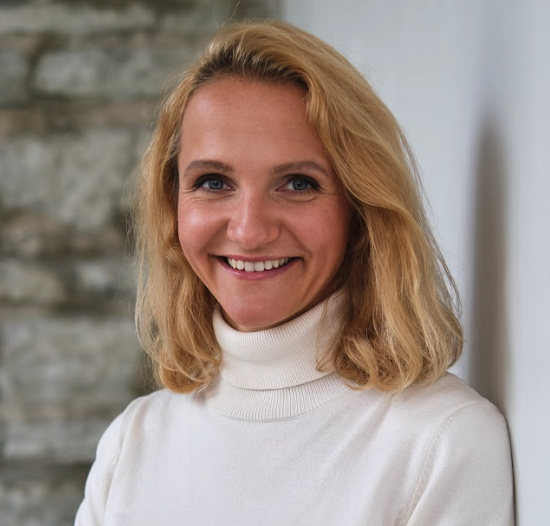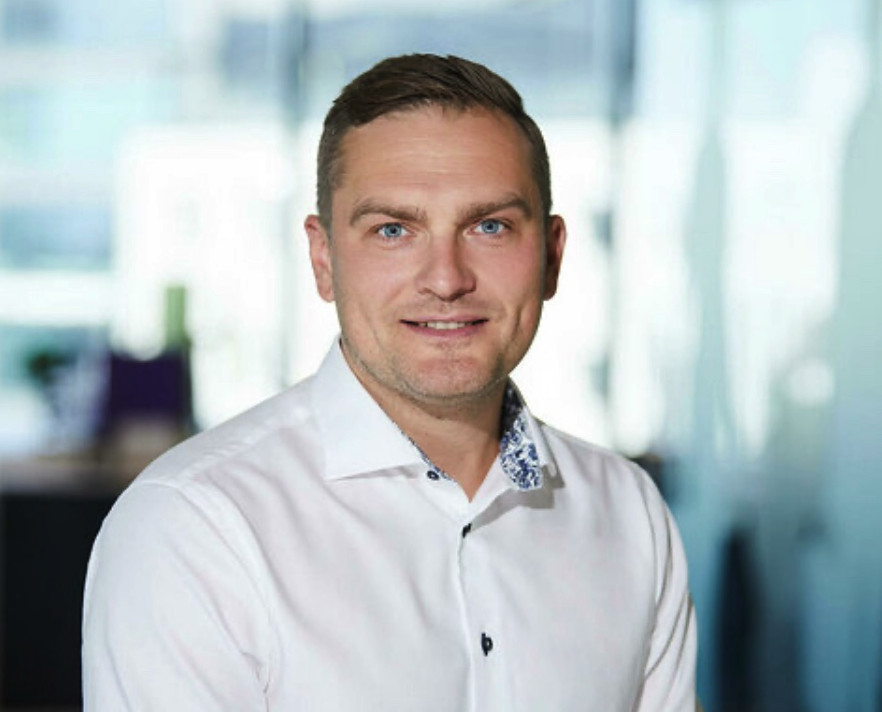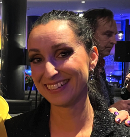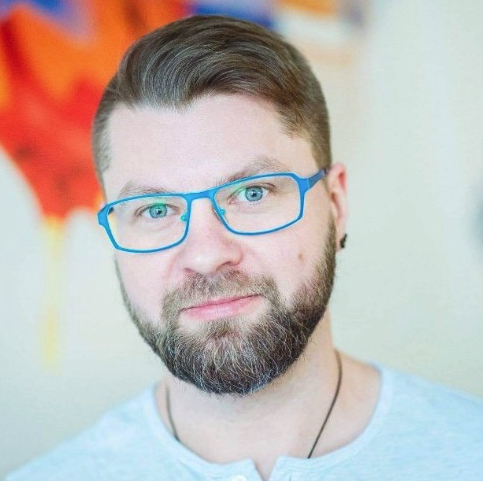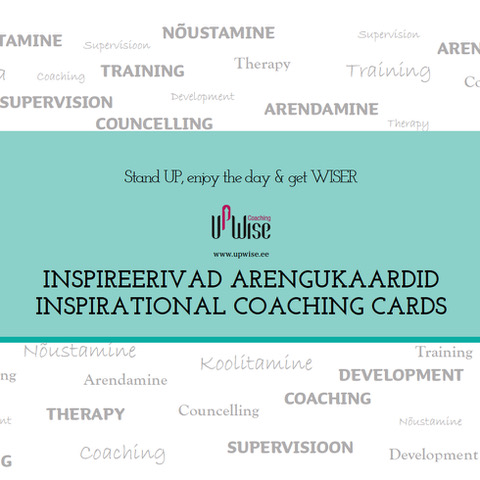Human-centered leadership creates a better life for all!
Are you ready to enhance your leadership capabilities and promote a team collaboration and growth?
Together, we can find ways to improve leadership quality and unlock the full potential of your team to create positive changes in the organization.
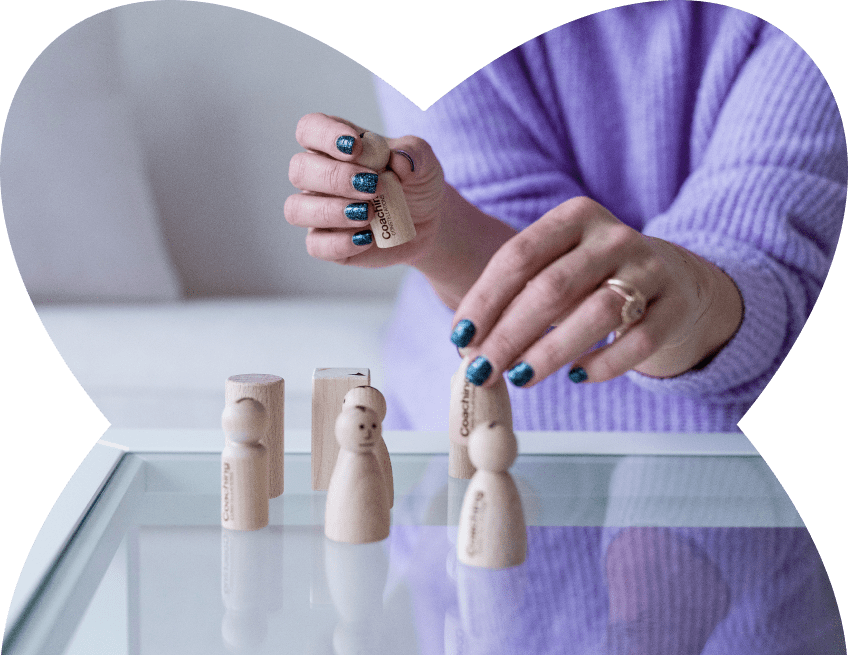
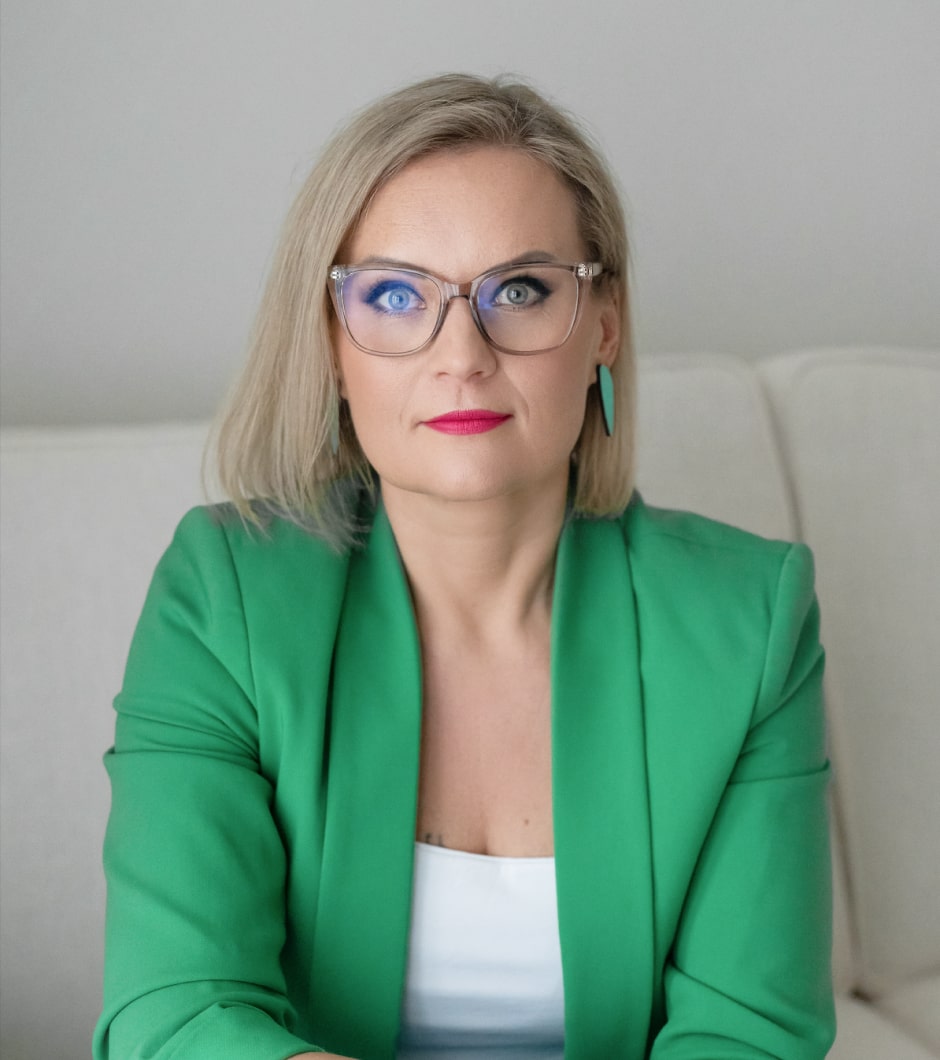


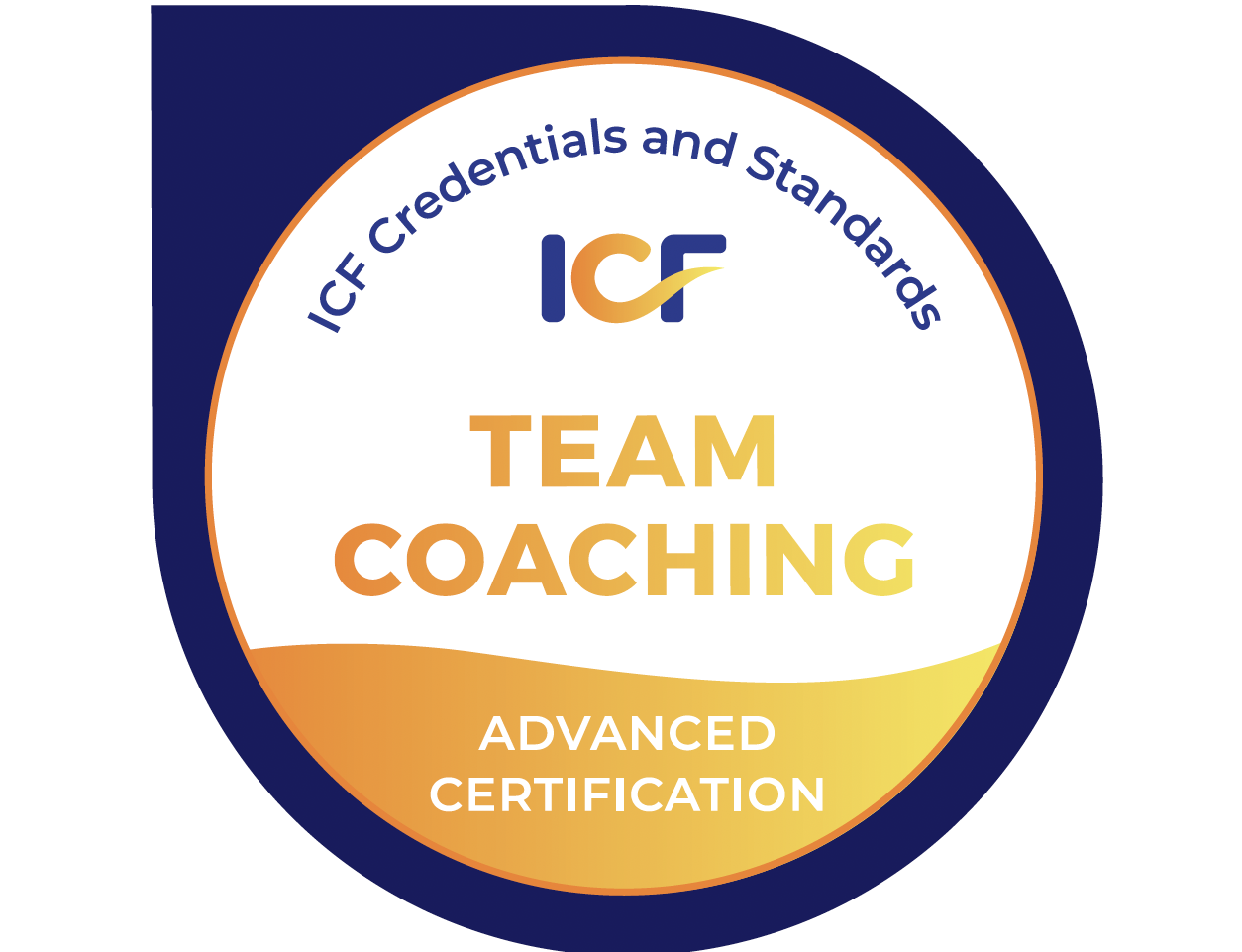
Thank you for visiting!
I am Jaanika Rannula, a certified coach, supervisor, and management trainer for teams and leaders with 20 years of international management experience.
My mission is to increase awareness of human behavior and its impact so that by acting more wisely, job satisfaction and effectiveness in organizations can grow!
To achieve this, I develop need-based development programs tailored to the client’s specific situation, expectations, and objectives.
I sincerely believe that every person has all the resources they need; sometimes, what’s needed is just a benevolent, appreciative, and solution-focused observer’s perspective to discover all the wealth hidden within!
I invite you and your team on a journey of development and change that will create an effective, balanced, and fulfilling life for you!
My services
What we create?
By increasing awareness of who you are and your team: what are the basic needs of you and your team; which values and beliefs influence behavior and actions; how the natural strengths, roles, and functions of individuals support or hinder work performance and cooperation, the more skillfully we implement necessary changes.
We can set more precise, motivating, and achievable goals with increased awareness and create activities and processes that help boost effectiveness. Thanks to more efficient action, higher awareness, and motivation, commitment grows, and the desire to collaborate for effectiveness increases.
Greater awareness and effectiveness contribute to creating balance, which helps better manage workload and prevent burnout, thereby increasing work capacity, better managing emotions, avoiding and reducing misunderstandings and conflicts both within oneself and around others, supporting mental and physical health, and creating a supportive work environment based on shared values
Thanks to the previous three steps, you feel greater satisfaction and joy in your work because the effectiveness of you, your team, and your organization has increased. You have balanced work and personal life and built better relationships, allowing you to create and live a fulfilling life!
Do you want to create change in your team and management culture?
How do I work?
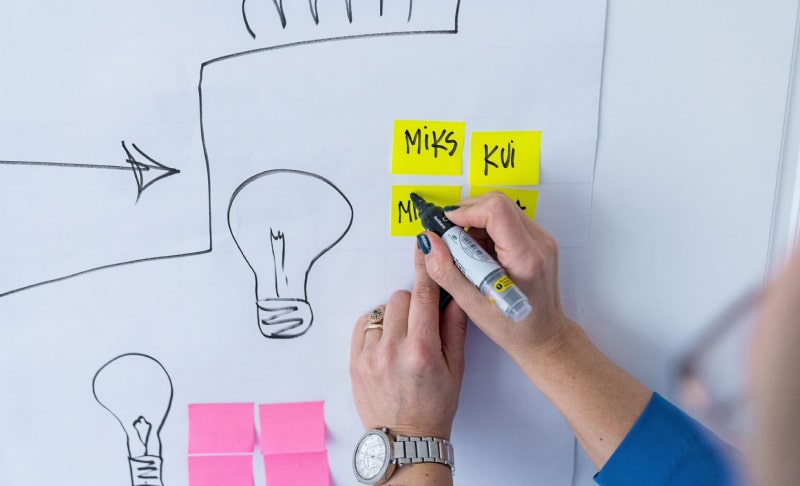
The first meeting is always free. In this meeting, I explore and map your or your team’s needs, conditions, existing knowledge and experiences, possible areas for development, and opportunities to enhance capabilities. I always ask clients what they expect from the collaboration, what our goal and desired outcome will be, and what it will be like when we have completed the journey. We set possible metrics based on which we can review and measure the effectiveness of the collaboration. The purpose of the preliminary meeting is also to get to know each other and determine whether our “chemistry” matches and if I am indeed the right partner for this development journey.

Then, I make an initial content and price offer. If necessary, we refine, adjust, and target more precisely. We design the program to fit and remain flexible, as it is common for things to change along the journey, with new ideas and goals emerging that we can smoothly adjust in the program, change the order of topics if necessary, or replace them with significant new themes. We formalize personalized collaboration agreements and conditions. For more extensive and comprehensive programs, I involve excellent colleagues as needed if topics need to be added to my toolbox.

During planning, we carry out the agreed preliminary work associated with the specific order: interviews, questionnaires, set a schedule for the entire program, the client finds suitable rooms, dates are booked well in advance in employees’ calendars, and we clarify essential details to ensure the journey is successful.
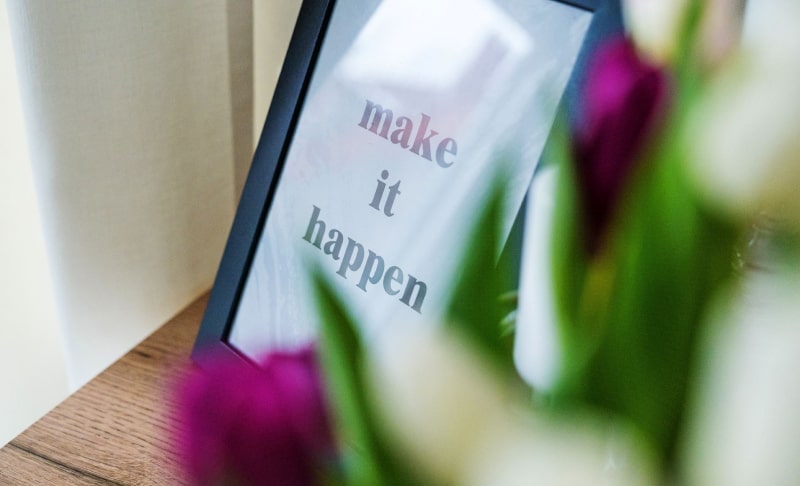
Implementing is significantly more manageable because we have followed the old wisdom of “hard in training, easy in battle.” Now, we follow the path we have set together, communicate directly before meetings to clarify the situation and topics as needed, and possibly make intermediate summaries to see where we are, if we are on the right track, or if we need to change course or pace.
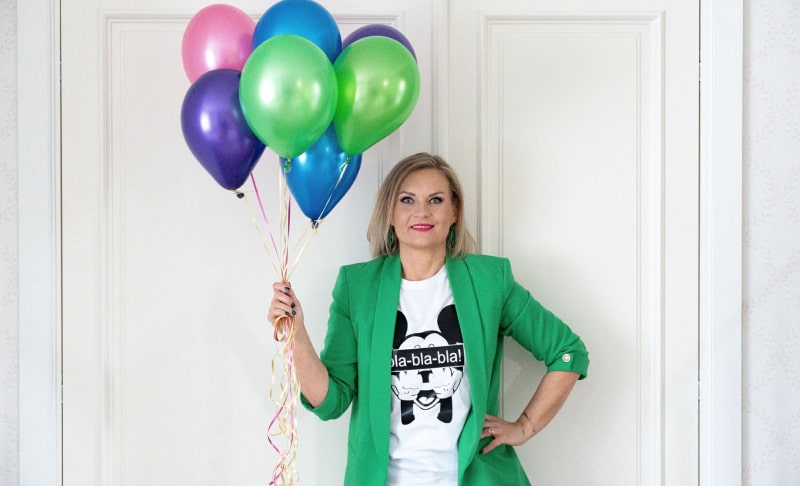
In measurement and feedback, we are committed to the expected outcomes and goals set at the beginning of the journey. According to the agreement, we conduct a feedback survey or a meeting with the team. Still, we always conclude the collaboration by meeting with the client to learn from the journey together and also celebrate the success.
Most popular products
Frequently asked questions
The team’s training focuses on learning, consolidating, and practicing new knowledge and skills. The trainer’s role is to prepare the training materials and the theoretical part based on the topic and expectations, along with suitable tools and methodologies, to be given to the training participants so that they can practice and apply them in their work in the future.
Team coaching is a process where goals, topics, and questions are set by the team themselves, and by finding answers to them together. The role of the team coach is to create a confidential, non-judgmental space and environment, to use methodologies and questions for this, the team itself in an open dialogue would notice its obstacles, opportunities, and new resources to reach the goals and solve the set topics.
The first meeting with the customer is ALWAYS FREE. Based on this, it becomes clear how large-scale training or development is needed, whether my work methods and experiences are suitable for the manager and the team and whether I can be useful at all or not. There are situations where it turns out that the client needs very specific training, therapy, counseling, or the involvement of an expert, where my hands are short and I am happy to recommend my partners and contacts who can help here.
Sometimes one meeting, where the need is made clear, is enough to make a price quote, and in this case, the preliminary work does not cost anything.
With a long-term development program, where major changes or goals are to be introduced, preliminary work may include interviews with team members, preliminary surveys, mapping of needs and expectations, and sometimes also observations at team meetings or activities, and as a rule, these activities have their own established price, which can be specified during the mapping of the client’s needs.
Coaching and supervision are long-term development and change processes, where changes do not happen overnight. For comparison, I bring dieting or going to the gym. It is not enough to just have a diet and exercise plan that is in a drawer and is taken out once a month – you need to change your habits, and behavior, raise awareness, and increase commitment and will to achieve your goals.
If between coaching and supervision meetings, the client does not deal with himself, his goals, and topics, then these services are of no use, and we try to measure this motivation and will at the first meeting and create clarity as to how ready the client is for this journey. Sometimes external obstacles also come in the way, which we have to take into account and adapt to if necessary, and also extend the cooperation.
The difference between the training package and the needs-based development program is that here I am very specific on the goals, needs, expectations, and desired changes of the manager, team, or organization.
Therefore, the rule “hard in training, easy in battle” applies here, i.e. the more precisely we can set the goal of the desired change together, find specific areas of development – is it the level of skills and knowledge, or do you need to change your activities and habitual behavior patterns instead, or is it a value space and attitudes, the better content we create.
Does the team need training for new knowledge, they are in a good place with knowledge, but rather is it necessary to train themselves to be more effective through coaching, or instead is it necessary to increase awareness and work with roles, values , and attitudes in supervision because they affect the team and also work with clients.
It is difficult, especially if no comprehensive preliminary work has been done, needs and expectations have been mapped, and specific goals or agreements have been set for coaching, supervision, training, or a long-term development program.
It is difficult to link the usefulness of coaching, supervision, or development programs with the organization’s turnover numbers because these services are provided on average once a month for a few hours, but what happens in between is in the hands of the team itself.
We can measure well what has been measured immediately before during the program. That’s why we do various surveys or surveys in the team and then measure them again after they’re finished.
It is easy to measure operational results – if new ideas and solutions have been found during the service, which has been implemented on an ongoing basis – for example, processes have been adapted, new knowledge has been introduced or methodologies have been applied.
In some cases, we have linked the result and usefulness of the organization’s development program to the organization’s satisfaction survey – we took specific metrics from it, which were conducted in the organization immediately before the development program, and a new survey was conducted at the end of the program. Then we can compare whether there has been a positive change or not and analyze what caused it.
We negotiate all such conditions and agreements immediately before starting the coaching, supervision, or development program. What happens if scenarios a, b, c, and d happen and they are usually also described in my cooperation agreement and offer?
Life often brings changes – in the middle of the service, the manager or customer’s contact person changes, team conditions, opportunities, goals, and needs change, the organization needs to quickly adapt to changed conditions, etc. At this point, I always proceed from a personal approach, openness, and honesty to talk about things as they are, not to keep the topic under wraps, but to come immediately with my concerns and questions.
I have also made proposals to end cooperation if I see that I can no longer be useful to the manager, team, or organization.
Together, we will have final conversations and feedback on what and why things went the way they did, and we wish each other a bright future.



